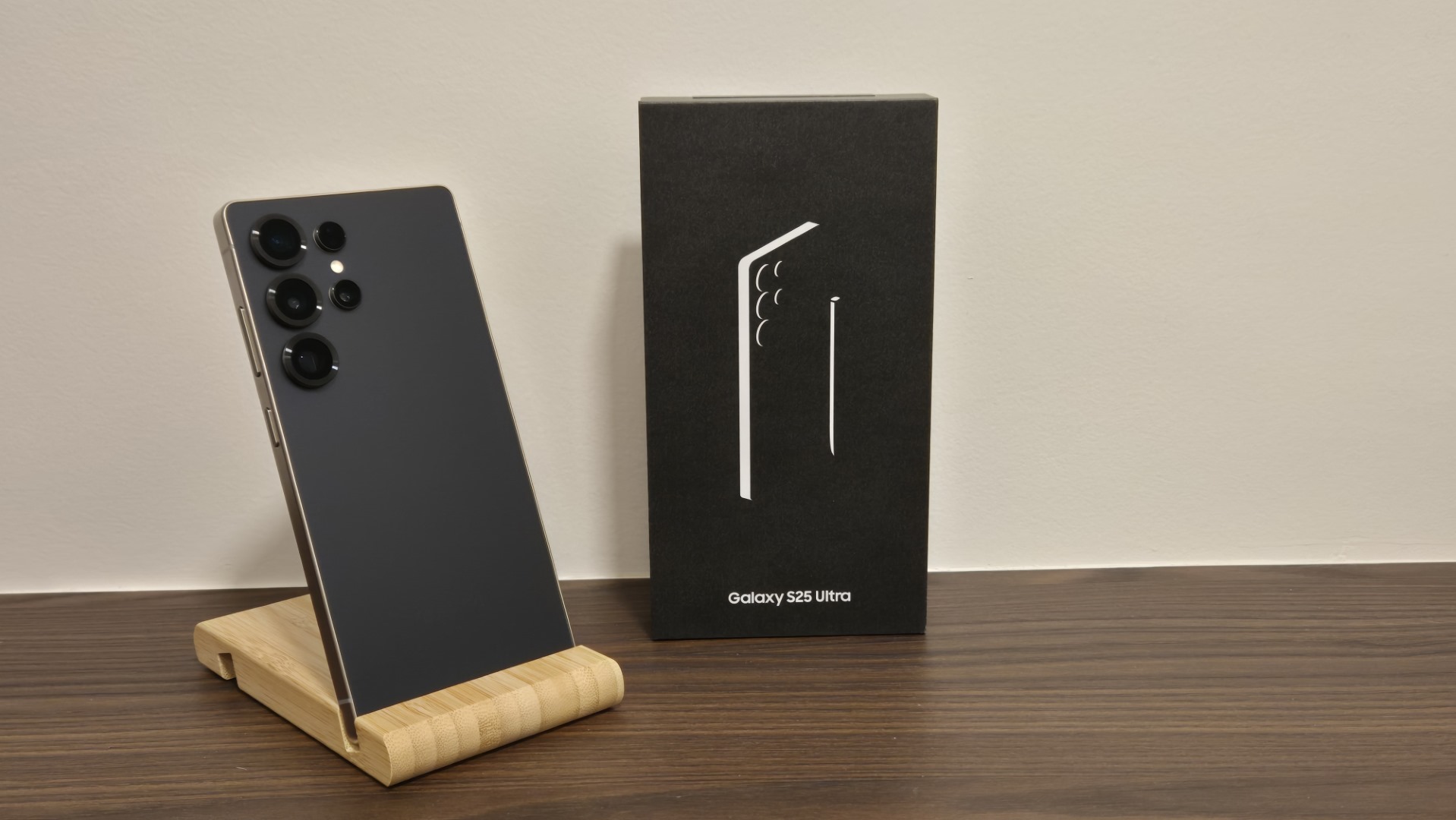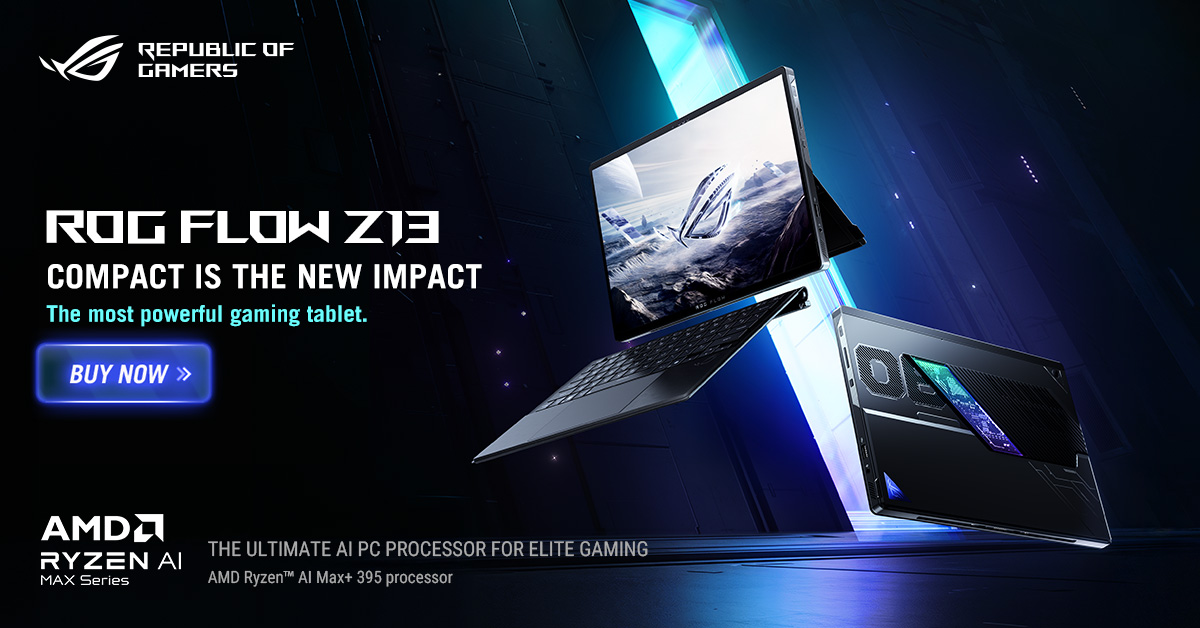Samsung’s Galaxy S25 Ultra is here, and with it comes a mix of curiosity and expectation. As the latest entry in the Ultra lineup, it brings hardware upgrades, AI-driven features, and design tweaks, but how much of a leap does it really take? In Malaysia, the S25 Ultra is available in three storage configurations: 12GB RAM + 256GB (RM5,999), 12GB RAM + 512GB (RM6,599), and 12GB RAM + 1TB (RM7,799). Samsung is also running a pre-order promotion allowing customers to upgrade to double storage at no extra cost—making the 512GB model available at RM5,999 and the 1TB model at RM6,599.
In this unboxing and first impressions, we take a look at what’s inside the box, the initial feel of the device, and whether the early signs suggest a meaningful upgrade or just a familiar refinement.
Unboxing: No Surprises Here
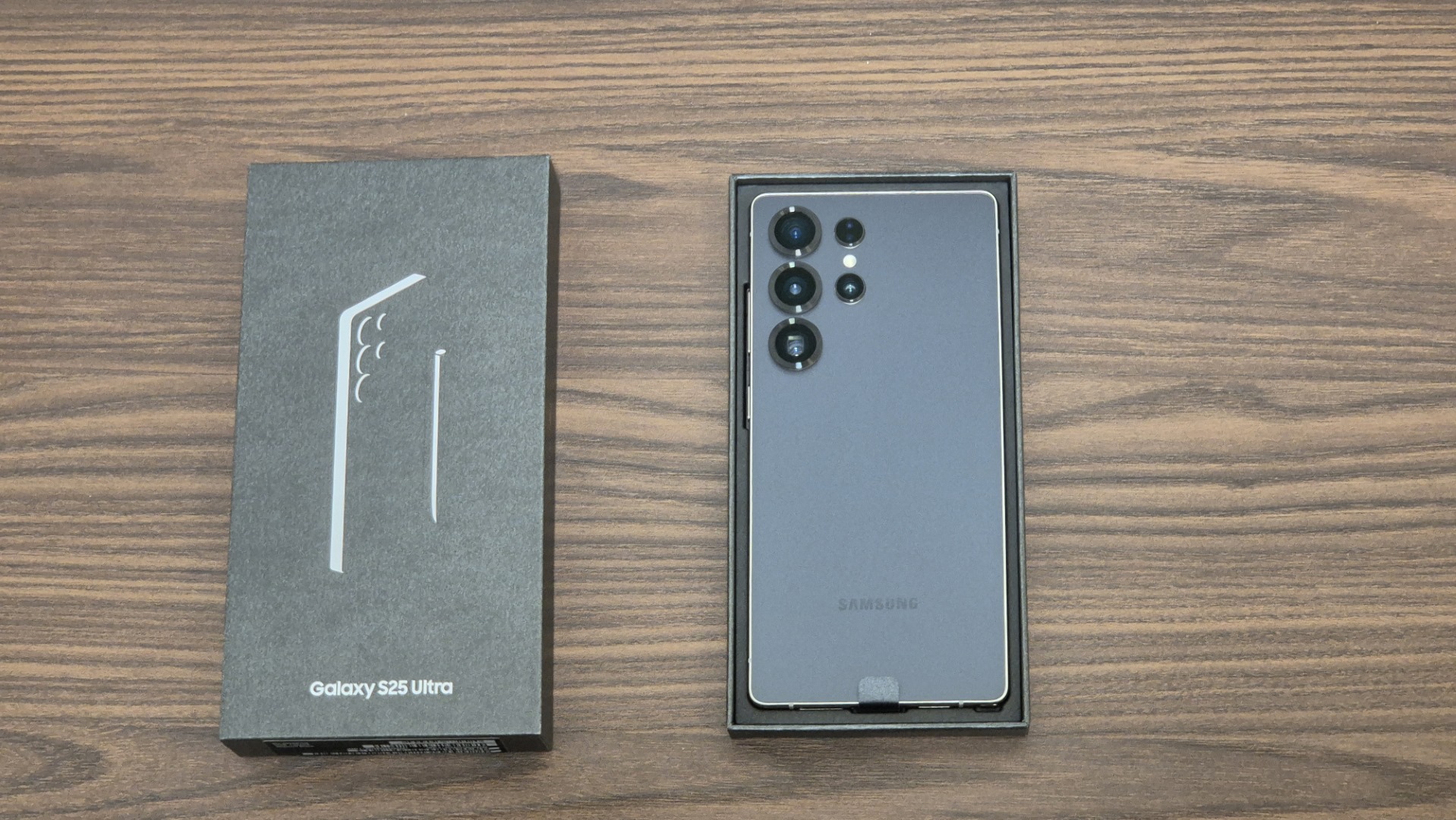
If you’ve unboxed a Samsung flagship in the past few years, the Galaxy S25 Ultra will feel all too familiar. Inside the slim box, you’ll find just the essentials: the phone itself, a USB-C charging cable, and a SIM ejector pin—and that’s it. There’s no included phone case, which feels like a missed opportunity given the device’s premium price tag. And, as expected, there’s no charging brick, a trend Samsung has stuck with for a while now. While the minimalist packaging aligns with industry standards, it’s hard not to feel like a little extra—like a basic case—would go a long way in justifying the cost.
Design and Build: A Slimmer, Lighter, and More Refined Ultra
But while the unboxing experience was predictable, there’s immediate consolation in just how good the Galaxy S25 Ultra looks at first glance. And upon closer inspection, it only gets better. Samsung has made subtle yet meaningful refinements to its flagship’s design, making it slimmer and lighter than its predecessor. Measuring 162.8 x 77.6 x 8.2 mm and weighing 218g, the S25 Ultra shaves off some bulk compared to the S24 Ultra’s 162.3 x 79 x 8.6 mm, 232g/233g frame. It’s a difference that’s noticeable in hand, making the device feel slightly more comfortable to hold despite its large size.
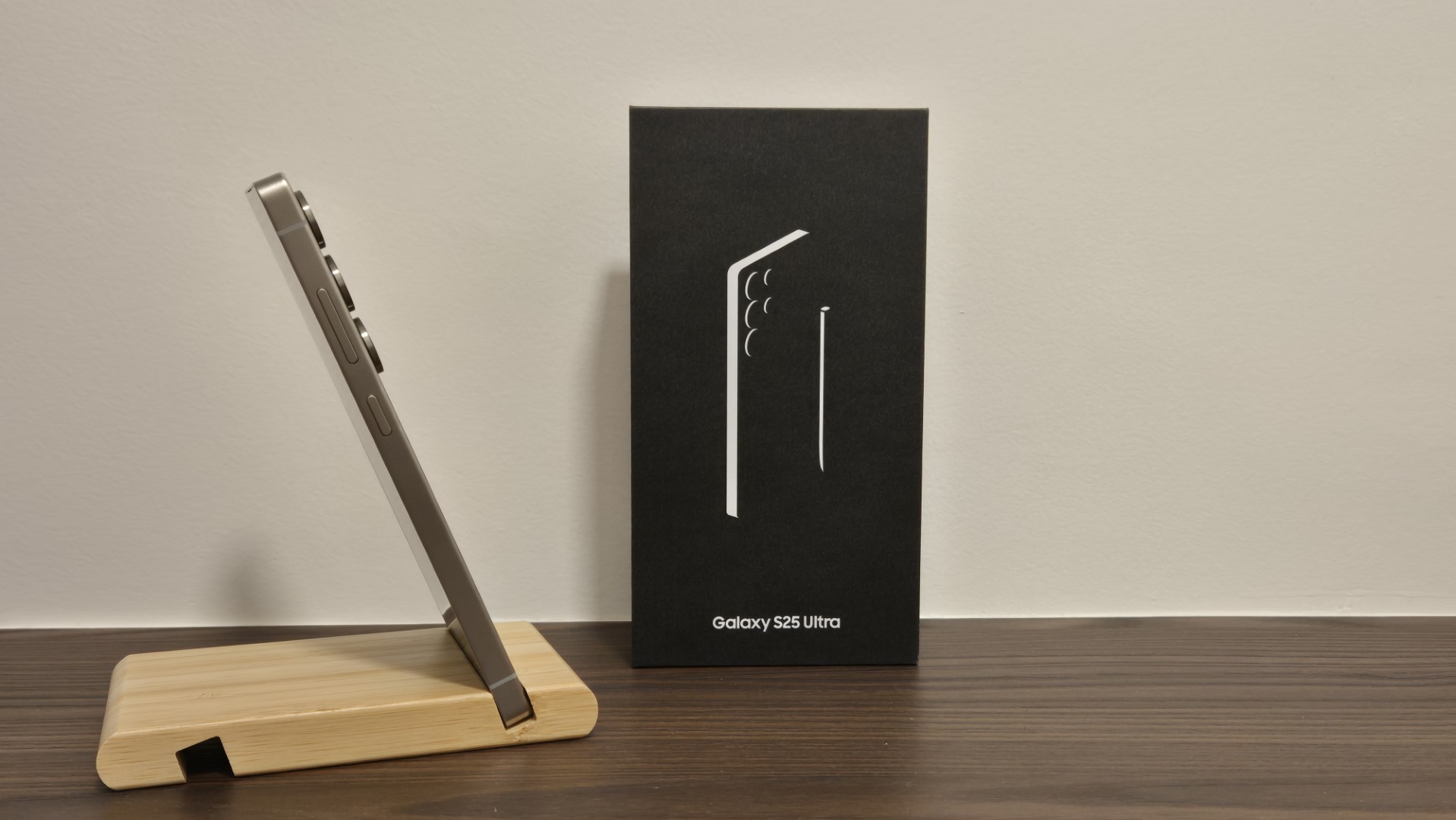
Samsung has also upgraded its materials, further enhancing durability. The S25 Ultra retains the premium glass front and back, now upgraded to Corning Gorilla Armor 2, which promises improved scratch resistance and impact protection. The titanium frame has also been bumped up from Grade 2 to Grade 5 titanium, making it stronger and more resistant to dents while keeping the weight in check. These refinements may seem minor on paper, but in hand, they contribute to a more polished, premium feel.
The Titanium Black unit I got for testing looks sleek. The shade of black is just right—deep enough to feel premium without being overly glossy, giving the phone an understated elegance. It’s the kind of design that immediately signals this is a high-end device, even at a glance. The matte surface on the titanium frame helps with fingerprint resistance, making smudges less noticeable compared to glossier finishes. However, grease stains can still show up, especially under direct light.
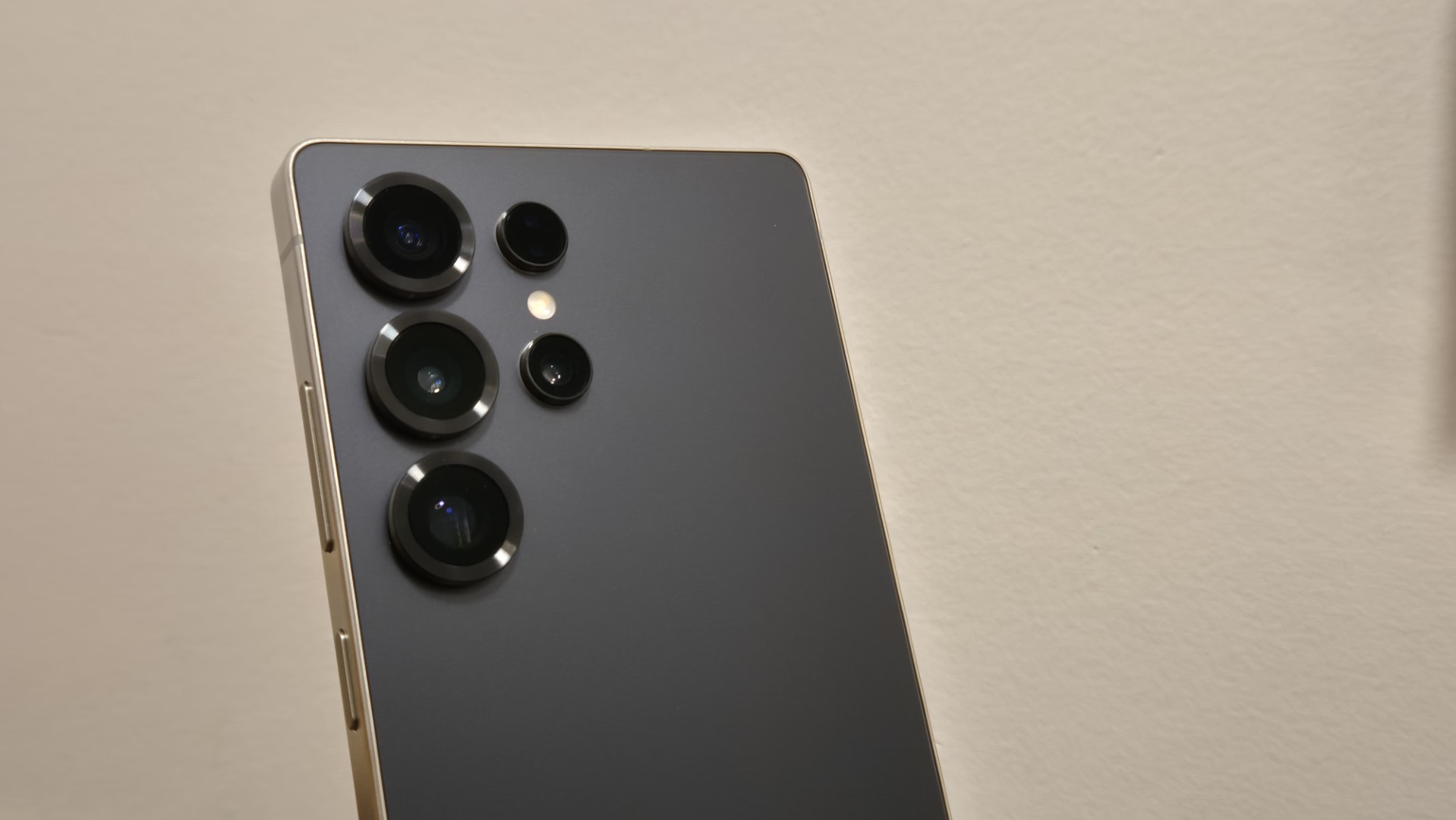
It’s a bit of a dilemma—on the one hand, I’d love to keep the phone protected in a case, but on the other, the design is too good to hide. For those looking for other colour options, Malaysia gets four standard variants:
- Titanium Black
- Titanium Silverblue
- Titanium Whitesilver
- Titanium Gray
Additionally, Samsung.com offers three exclusive colours for those who want something different:
- Titanium Jetblack
- Titanium Jadegreen
- Titanium Pinkgold
Display and Performance: Bigger Screen, Familiar Quality, and Cutting-Edge Power
Samsung has kept the display formula unchanged from last year’s model, but that’s not necessarily a bad thing. The S25 Ultra features a Dynamic LTPO AMOLED 2X panel with a 120Hz refresh rate, HDR10+ support, and an impressive peak brightness of 2600 nits—ensuring vivid colours, deep blacks, and smooth interactions. The only difference? The screen is now 6.9 inches instead of 6.8 inches, a marginal increase that’s barely noticeable but technically makes it the largest Ultra display yet.
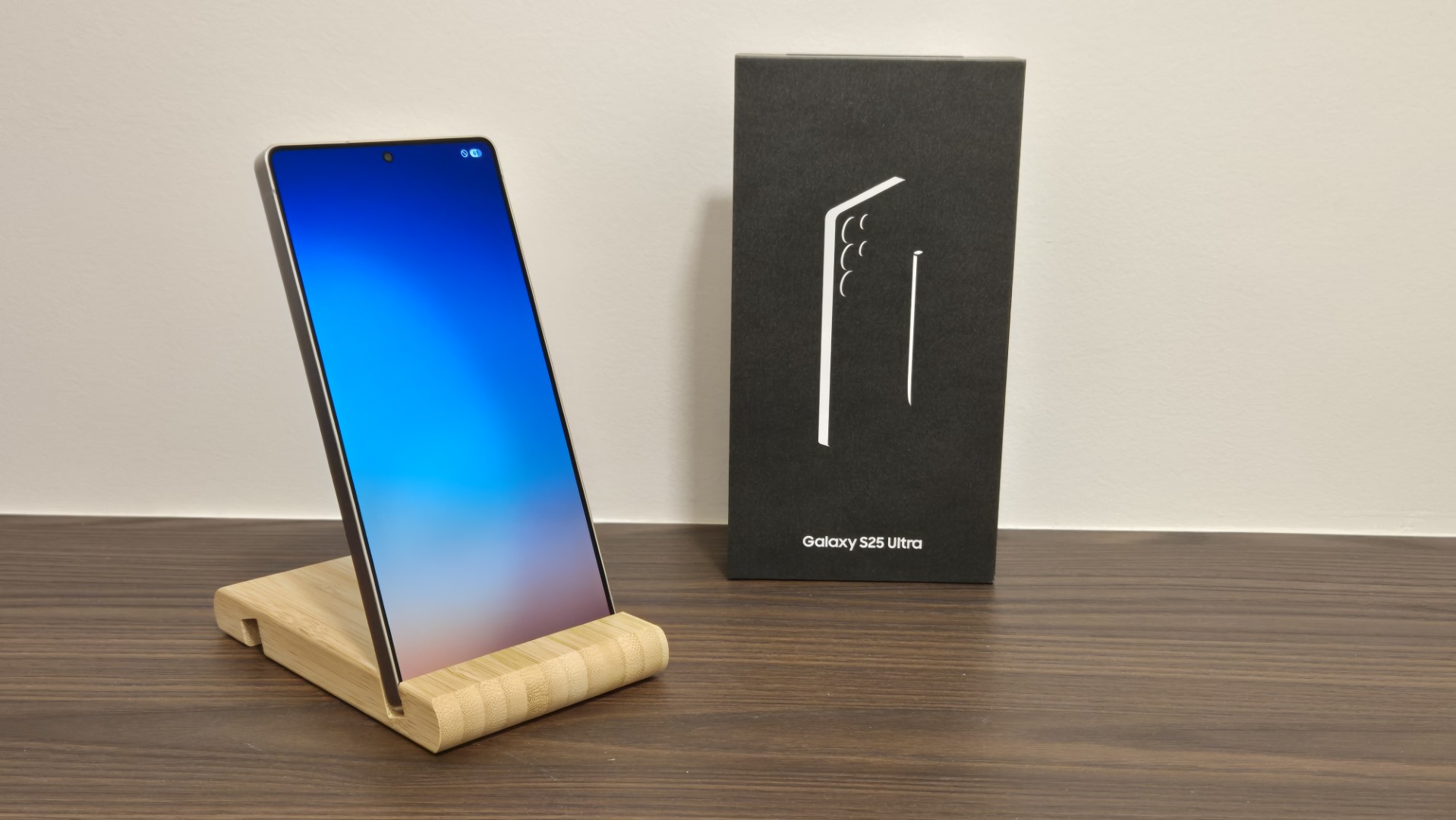
Under the hood, the S25 Ultra packs some serious firepower. It runs on a 4.46GHz Octa-core Qualcomm Snapdragon 8 Elite (3 nm) chipset and an Adreno 830 GPU. On paper, this means faster processing, improved efficiency, and better graphics performance, all of which should translate to snappier multitasking, smoother gaming, and overall enhanced responsiveness.
The device ships with Android 15 and One UI 7, offering a fresh interface with refinements in customization and AI-driven optimisations.
Camera and Battery: Some Upgrades, Some Stagnation
In the camera department, the biggest upgrade this year is the Ultrawide sensor, which jumps from 12MP to 50MP. This should, in theory, bring sharper details and improved low-light performance. However, the rest of the camera hardware remains identical to last year’s S24 Ultra, meaning we’re likely looking at software optimizations rather than major hardware leaps. That said, I need to do some more testing before concluding, so I’ll reserve my thoughts on camera performance for the full review.
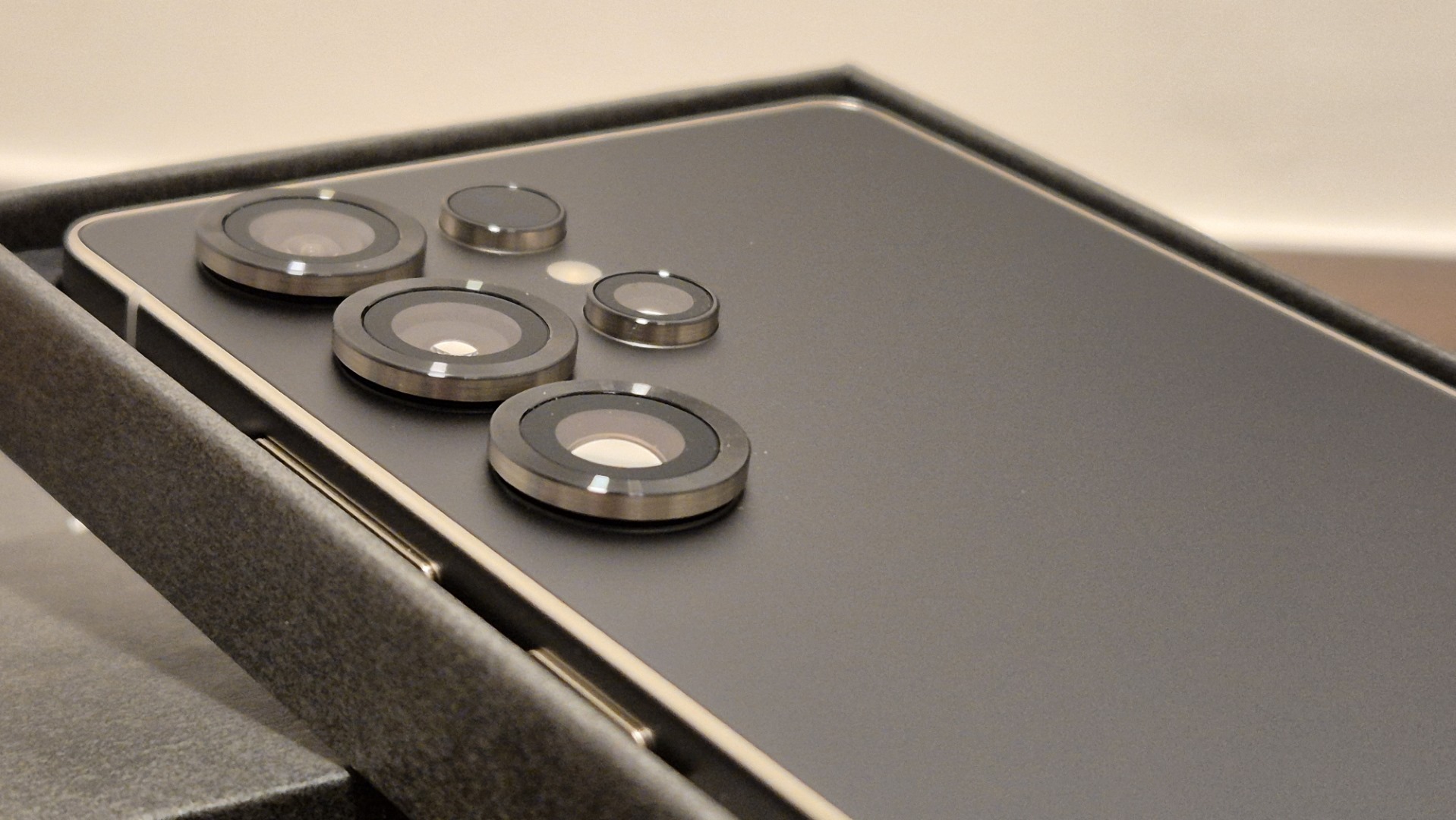
On the battery front, Samsung has played it safe. The S25 Ultra retains the same 5,000mAh battery capacity as its predecessor, which is still impressive, but charging speeds remain capped at 45W—something I’ve been critical of for years. While the competition has moved on to much faster charging, Samsung is still sticking to this relatively slow standard for its flagship S-series. It’s reliable, but at this point, it feels overdue for an upgrade. I’ll be putting both battery life and charging speeds to the test to see if there are any efficiency improvements with the new chipset and software optimizations.
Final Thoughts (For Now)
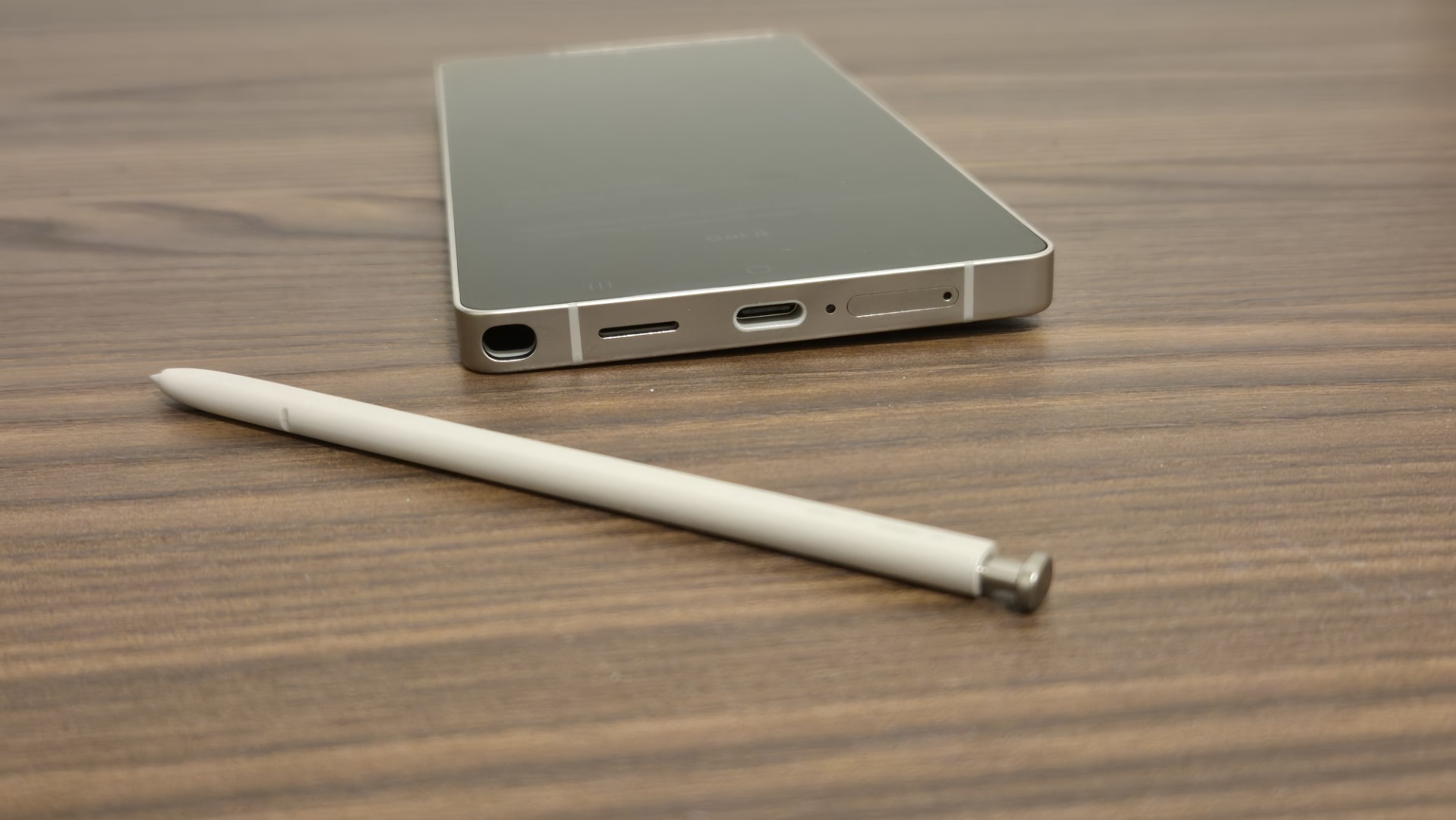
So far, the Galaxy S25 Ultra feels like a refinement rather than a revolution. The design is sleeker and lighter, the build quality has been upgraded with stronger materials, and the display remains excellent, even with a slightly larger size. The new Snapdragon 8 Elite chipset promises better performance, and the camera sees a notable bump in the Ultrawide sensor, though most other aspects remain unchanged. Battery life should be solid, but Samsung’s continued reluctance to improve charging speed is something I’ll keep challenging.
That said, real-world usage will be the true test. Over the next few days, I’ll be putting the S25 Ultra through its paces—evaluating performance, camera quality, battery efficiency, and whether Samsung’s software refinements make a noticeable difference. Stay tuned for the full review, where I’ll dive deeper into whether this year’s Ultra truly lives up to its name and more importantly, whether it’s worth it for you to upgrade if you’re already using an older Ultra model.
